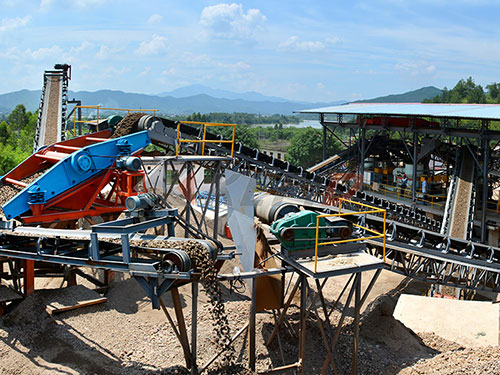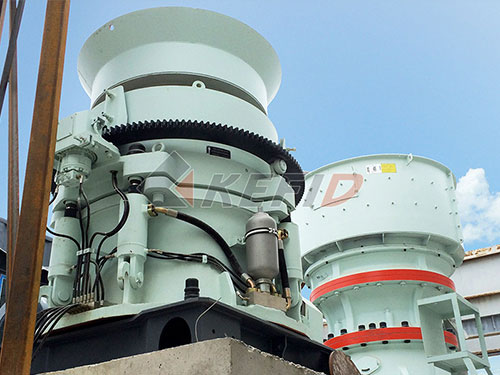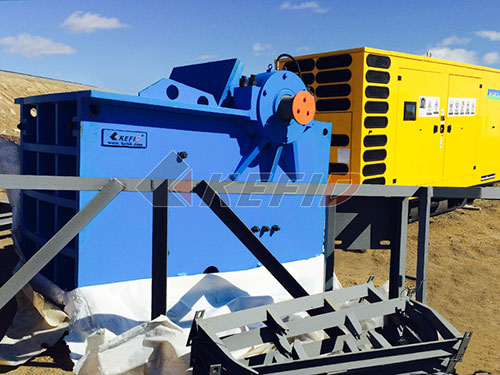What Is The Best Brand For Granite Crusher
What Is The Best Brand For Granite Crusher? Finding Your Perfect Match
Selecting the "best" granite crusher brand isn't about crowning a single universal champion. Granite, renowned for its hardness and abrasiveness, demands robust and efficient crushing solutions. The truly "best" brand for your project hinges entirely on your specific operational needs, budget constraints, and long-term goals. Instead of a single answer, let's explore the key factors that define excellence in this demanding sector and highlight brands consistently recognized for their strengths.
Understanding Granite's Challenge
Granite presents unique challenges:
High Compressive Strength: Requires powerful crushing forces.
Abrasiveness: Rapidly wears down crusher components like liners (mantles, concaves, jaw dies).
Variable Feed Size & Shape: Demands versatile equipment capable of handling fluctuations.

Desired Final Product Shape & Size: Different applications (e.g., concrete aggregate vs. railway ballast) need specific gradations.
Crucial Factors Defining "Best" for Granite
1. Crushing Technology & Suitability:
Primary Crushing (Jaw Crushers): Essential for reducing large quarry rock (often 24"+). Look for robust frames, high capacity, deep crushing chambers, and optimized kinematics to handle hard feed while minimizing wear.
Secondary/Tertiary Crushing (Cone Crushers): Critical for achieving precise final product sizes in granite. Focus on advanced chamber designs offering optimal inter-particle crushing, efficient reduction ratios, and excellent particle shape control. Features like hydraulic adjustment and overload protection are vital.
(Impact Crushers are less common for primary granite due to wear but can be used in specific secondary applications where shape is paramount and granite isn't excessively abrasive).
2. Performance & Efficiency:
Throughput Capacity: Does the machine meet or exceed your required tons per hour?
Power Efficiency: How much energy is consumed per ton crushed? Lower operating costs are crucial.
Product Quality: Consistency in achieving target particle size distribution (gradation) and good cubical shape (critical for strength in concrete).

3. Durability & Wear Resistance:
This is paramount with granite. Superior metallurgy in critical wear parts (mantles, concaves, jaw dies, liners) directly impacts uptime and operating costs.
Look


